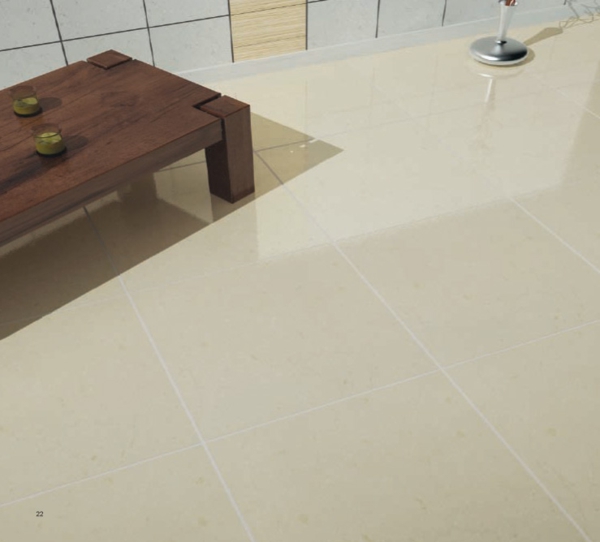Home Improvement
5 Best Porcelain Floor Tile Pattern Ideas

Porcelain flooring tiles are created from burning porcelain clay at high temperatures to obtain the tiles, which are durable, robust and moisture-resistant. These tiles are created in polished, matte and unglazed finishes. These are the most sought after and popular option for both commercial as well as residential flooring applications. Further, these are affordable and come in a broad range of textures and colors. Below are five best porcelain floor tile pattern ideas that you can consider for your home.

1. Herringbone Pattern
The herringbone pattern is an old flooring technique, which includes laying rectangular shaped bricked stones in a herringbone outline. In fact, the technique is quite popular when it comes to floor tile. Rectangular tiles form a herringbone pattern that you can set at 45 or 90 degree angles. The pattern is placed as running courses or single rows of tile. Each tile is laid at the perfect angle in tandem with the previously laid tile and this gives out a zigzag appearance or pattern.
2. Grid
Grid layout is one of the simple patterns, which lets the installer to decide the placement of every tile in an easy way. The look is achievable by piling square tiles next to the vertical and horizontal grout lines. The grid pattern is transformable into checkerboard by making use of sporadic color tiles.
3. Diamond
Variation of grid layout gives you diamond pattern. Rather than installing square shaped tiles with grout lines going horizontally and vertically, consider running grout lines at a 45-degree angle for creating a pleasant and impressive look.
4. Basket Intertwine
Basket intertwine porcelain floor tile pattern includes braced of rectangular tiles for creating a sequence of squares alternating in accurate direction. This particular pattern initiates by piling the tiles in a horizontal pattern followed by a pair positioned in a vertical way alongside the side of horizontal tiles. Next, set a straight pair under vertical tiles and complete the course by bracing vertical tiles underneath the unique horizontal pair. Start off the next course with the pair of tiles placed in a vertical manner above your first horizontally placed pair. Finally, the finished effect renders the delusion of interlaced tiles.
5. Brickwork
The brickwork pattern is quite similar to the outline of masonry wall. Here, the installer lays the tiles in rows instead of stacking them on one another. Every tile of the following row is positioned exactly below or above secured line of previous course. Brickwork pattern is achievable with rectangular or square shaped tiles.
Lastly, combinations are limitless when it comes to choosing floor tile patterns. However, above mentioned are five best and highly preferred patterns that you may consider.
Manoj Goure writes blogs on home decoration and improvement find more of his article on his Blog.
-

 Tech11 years ago
Tech11 years agoCreating An e-Commerce Website
-

 Tech11 years ago
Tech11 years agoDesign Template Guidelines For Mobile Apps
-

 Business6 years ago
Business6 years agoWhat Is AdsSupply? A Comprehensive Review
-

 Business10 years ago
Business10 years agoThe Key Types Of Brochure Printing Services
-

 Tech8 years ago
Tech8 years agoWhen To Send Your Bulk Messages?
-

 Tech5 years ago
Tech5 years ago5 Link Building Strategies You Can Apply For Local SEO
-

 Law5 years ago
Law5 years agoHow Can A Divorce Lawyer Help You Get Through Divorce?
-

 Home Improvement6 years ago
Home Improvement6 years agoHоw tо Kеер Antѕ Out оf Yоur Kitсhеn































